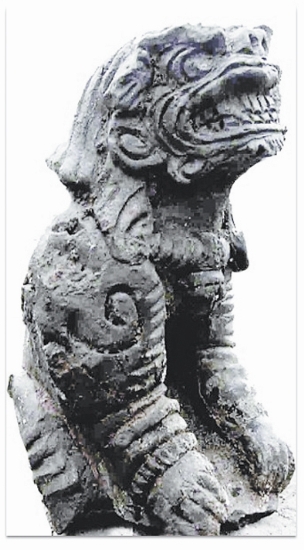 THE ocean culture in Qingdao could be traced back to the New Stone Age with many fish and shell fossils found in several ancient ruins. The fossils included 7,000-year-old shells found in the Beiqian Ancient Ruins. Evidence found in Dongyueshi Village in Pingdu showed close links between ancient worship and ocean culture. The Langxie Ancient Harbor was an important port for business and cultural exchange. A lot of ancient coins made in other parts of ancient China were found near the harbor ruins, said Wei Shuxun, director of the city’s cultural relics bureau. Banqiao Township ruins in Jiaozhou also played an important role in the city’s long history of ocean culture. The ruins were discovered during the construction of a residential building in 2009. The ancient ruins did not appear to be private houses but a small township. According to historical records, it was the ruins of the ancient Banqiao Township in the Song Dynasty (960-1279). The Song Dynasty Government built the small township near Jiaoxi County in 1088 and the township was involved in trade between China and South Korea. The town was one of the busiest on the Shandong Peninsula with large numbers of ships and businessmen. “Cargo piled up like hills and foreign businessmen and sailors were everywhere in restaurants, hotels and flea markets. It was one of the most important harbors and commercial towns in China during the Song Dynasty,” according to Song Dynasty historical records. A lot of precious cultural relics were found in the ruins. As the finance hub for trade and cultural exchange, Banqiao Township has witnessed the city’s development in ocean trade and culture, making a great contribution toward Qingdao’s development, Wei said.(Wang Yuanyuan, Li Wei) | 
